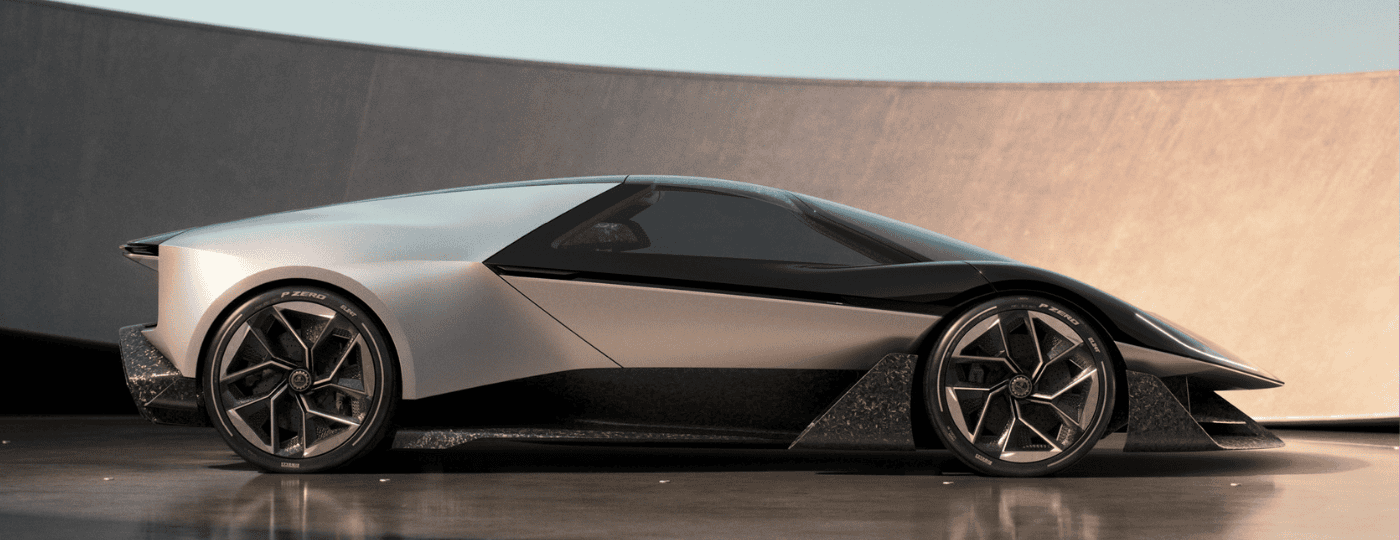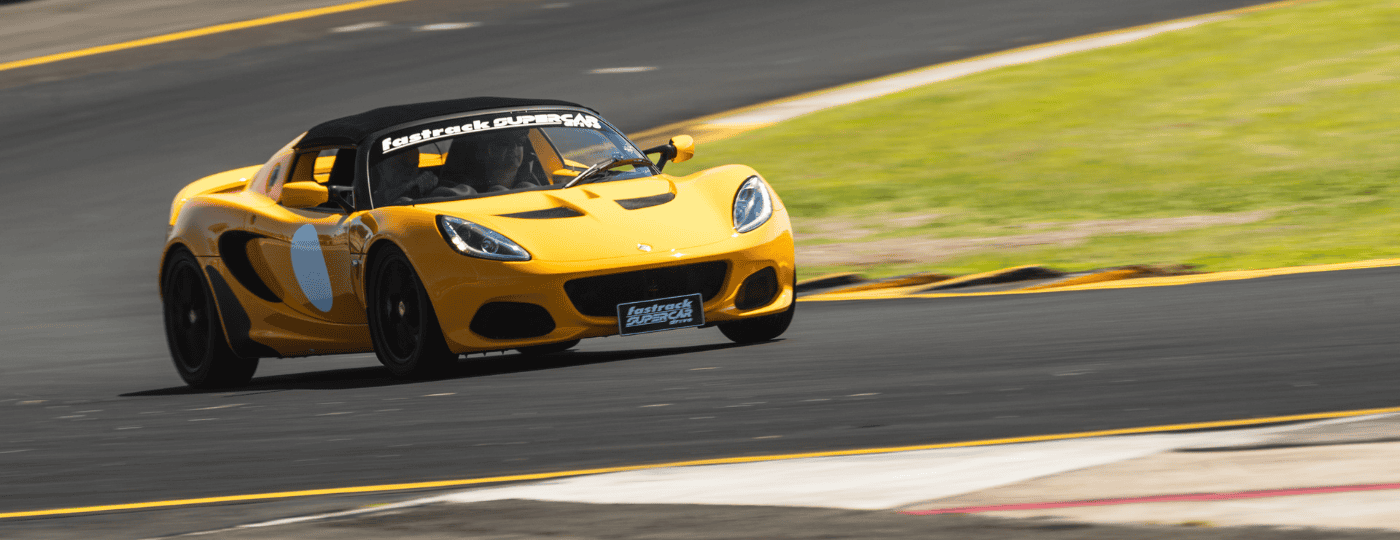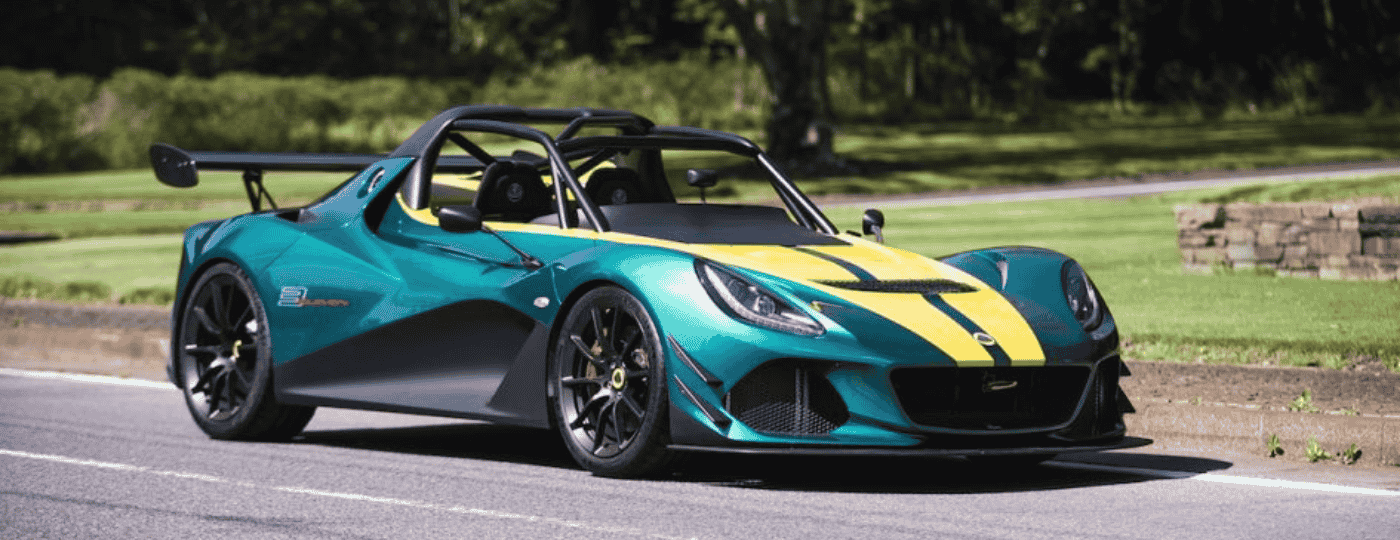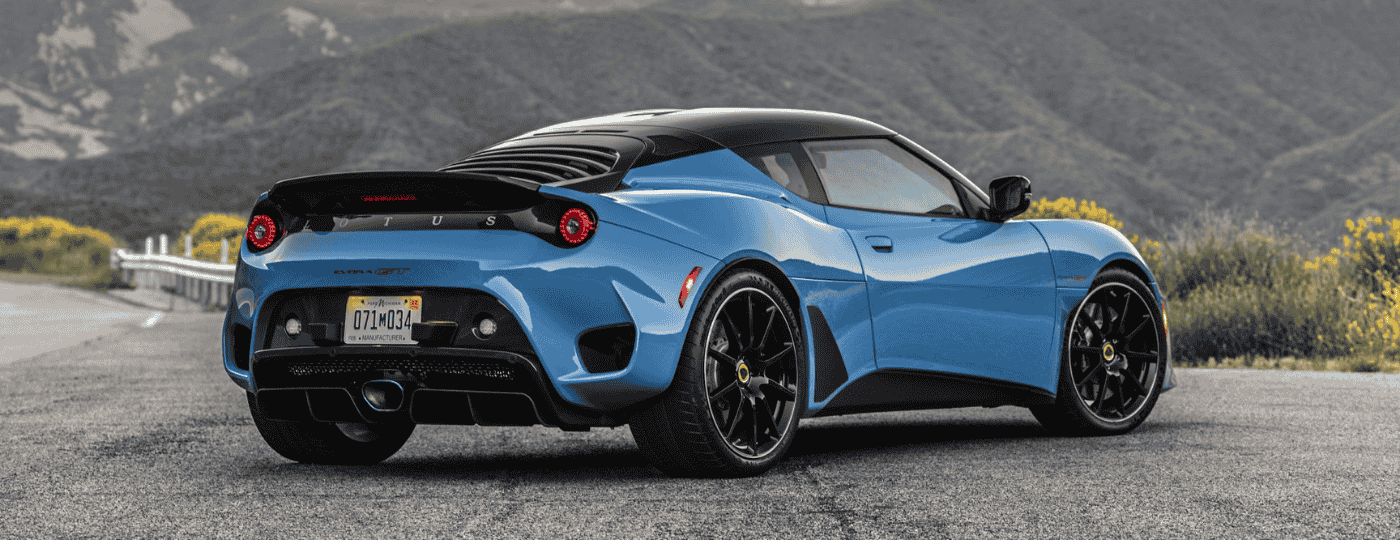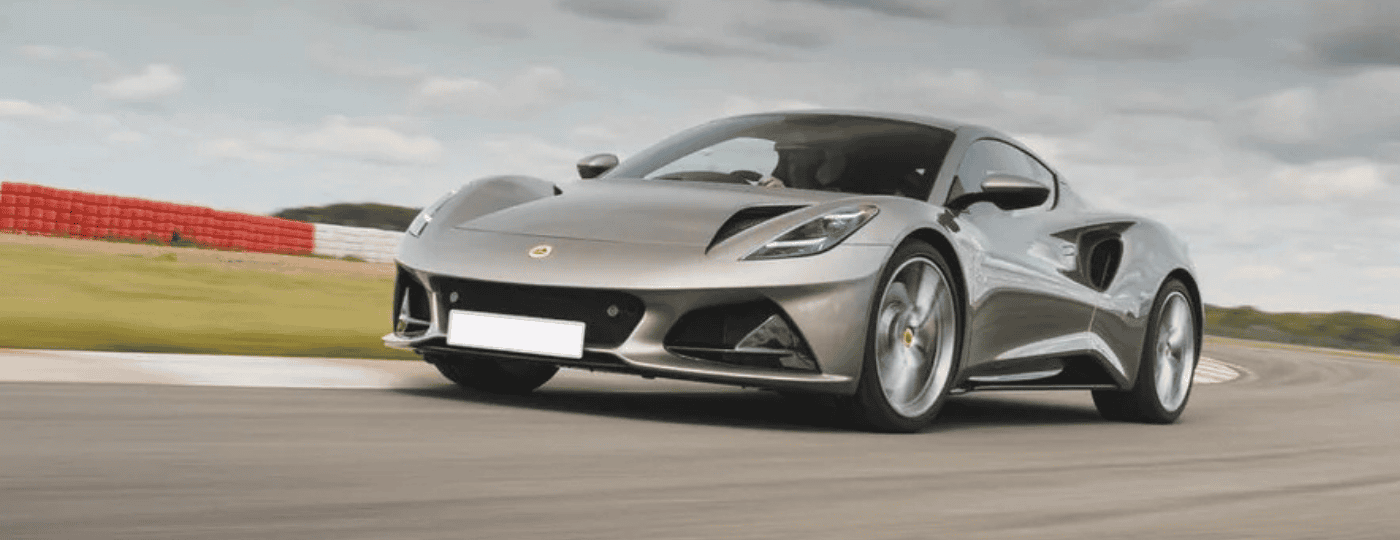When Colin Chapman started tinkering with cars in 1948, few could have predicted that his engineering brilliance would reshape racing and road cars forever. The company he founded has weathered its share of storms – from financial turbulence to changing ownership – but one thing has remained constant: an unwavering commitment to pushing boundaries.
Now, under Chinese giant Geely’s wing, Lotus is taking perhaps its boldest leap yet. The brand that gave us lightweight legends like the Seven, Elan, and Esprit is charging full speed into the electric age. But this isn’t just another carmaker jumping on the EV bandwagon. True to Chapman’s innovative spirit, Lotus is bringing its unique perspective to electrification.
With facilities spanning from Norfolk to Wuhan and engineering expertise developed over seven Formula One championships, the company is reimagining what an electric sports car can be. The Theory 1 is Lotus’s vision for keeping Chapman’s “simplify, then add lightness” philosophy alive in the electric era. Let’s see how they got there.

